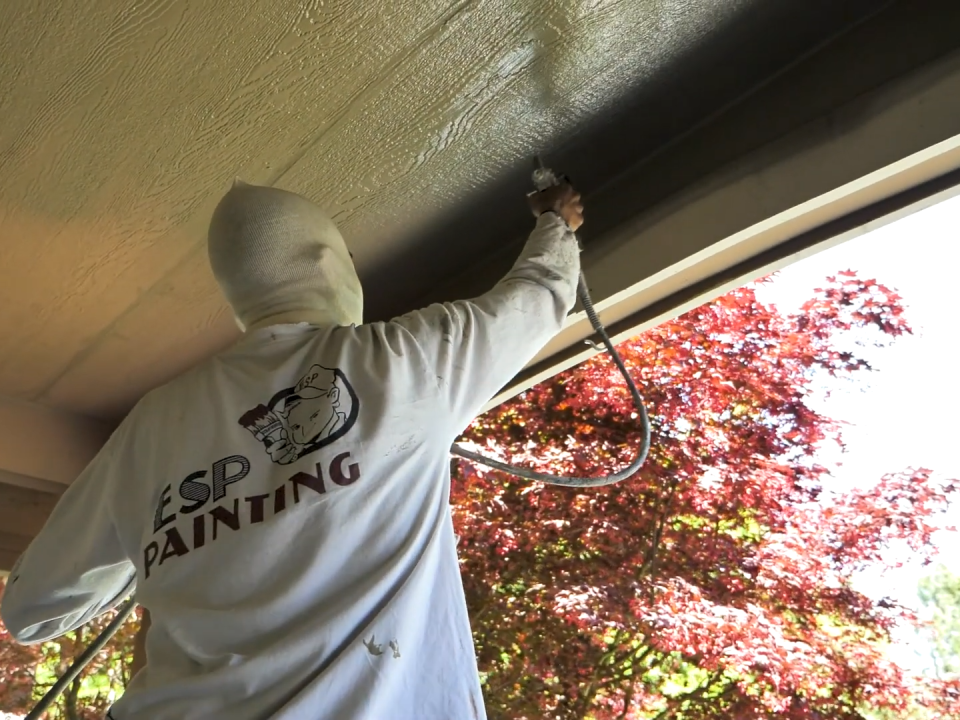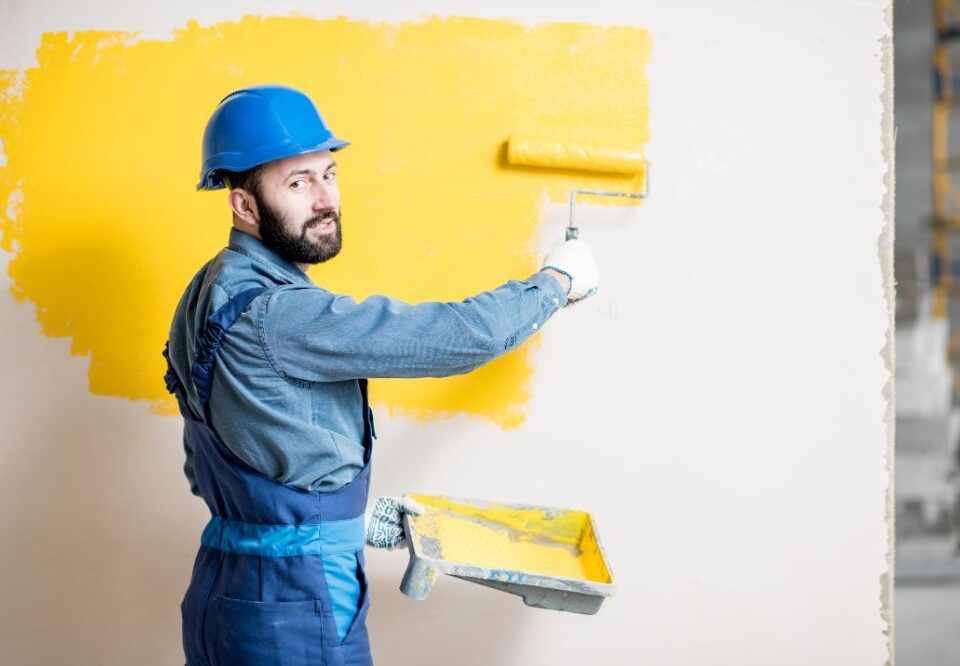
Secrets to a Long-Lasting Paint Job: Expert Tips and Techniques
July 8, 2025
Brighten Up Your Office Space with These Commercial Painting Tips
August 19, 2025Let’s find the complete process of selecting a color that complements your home’s structure, neighborhood, and long-term maintenance needs. You’ll learn how to match, test, and apply color decisions that fit your space.
The Ultimate Guide to Choosing Exterior Paint Colors
Choosing the right exterior paint color is a big decision. It covers your whole house, lasts for years, and should fit your home’s style and surroundings. A good color choice can boost your home’s value, match the neighborhood, and make you feel proud every time you come home. You don’t need to be a designer—just follow a few simple steps to make the right choice.
If you’re thinking about a fresh update, it’s also a great time to explore the best exterior paint options available.
1. Know Your Home’s Style
Different home styles often look better in certain color families. A farmhouse might suit white or light gray with black trim, while a mid-century modern home could pull off bold choices like navy or dark green. Your home’s design—encompassing windows, rooflines, doors, and layout—will inform your decision. Stick with choices that respect the original style for the best results.
2. Match with Fixed Features
Look at the things in your home that won’t change anytime soon—like the roof, stonework, or driveway. If your roof is reddish or brown, a warm exterior color could work well. If your trim is staying white, you’ll want to pick a base color that complements it. Matching or softly contrasting with these fixed elements will help your entire home look more cohesive.
3. Think About Lighting and Location
Natural light changes how a paint color looks. A light gray may seem almost white in direct sunlight but can appear more muted in shade. Oregon’s weather—such as cloudy skies or rainy days—also affects the appearance of colors. Before committing, test color samples on your siding and view them at different times of day and under various weather conditions.
4. Choose a Color Plan (Main, Trim, and Accent)
Most homes benefit from using three main paint colors:
- A primary body color (like beige, light gray, or soft blue)
- A trim color (often white, cream, or light gray)
- An accent color (for doors, shutters, or other small areas)
Using a color plan helps bring out your home’s features without overdoing it. The contrast between these colors adds structure and gives the home a clean, finished look.
5. Sample Before You Paint
Never skip the testing step. Buy a few small cans of your favorite colors and apply them to sections of your home, including the front, back, and sides. Observe how they appear in full sun, shade, and at various times of the day. What looks great on a small sample card may appear quite different when applied to a whole wall.
This step helps avoid costly mistakes and ensures you love the final look.
6. Consider the Neighborhood
Take a walk around your block—notice which homes stand out, in a good or bad way. You want your home to reflect your style, but also respect the general look of your neighborhood. If most houses use earth tones or soft neutrals, a neon green house might not be well-received. Matching the general tone can also help your home sell faster in the future.
7. Pick the Right Paint Finish
The paint finish matters as much as the color. Standard exterior options include:
- Flat/Matte: Hides flaws, harder to clean—good for older or textured surfaces.
- Satin: Most popular for siding, easy to clean, with a soft sheen.
- Gloss/Semi-Gloss: Ideal for doors, trim, and shutters for a polished look.
Select a finish that suits your climate, surface type, and preferred maintenance.
8. Keep Future Plans in Mind
Your current color choice should work not just for this year, but for the next 5–10 years. While trends come and go, it’s safer to go with timeless colors that hold up well over time. If you’re thinking about selling your home soon, choose colors that appeal to the broadest range of buyers.
When in doubt, seek help from local experts. Professional painting contractors in Portland, Oregon, are well-versed in the local weather, materials, and design styles. They can help guide your decisions and even offer suggestions you may not have considered.
Summary!
Choosing the right exterior paint colors isn’t just about picking what looks nice in a photo. You need to consider your home’s shape, surroundings, weather, and long-term maintenance needs. Taking the time to sample colors, observe them in real light, and plan a comprehensive color scheme can save you money and effort in the long run.
For homeowners in the Beaverton area seeking expert advice and reliable painting services, ESP Painting provides experience and support. From helping you test color options to delivering a high-quality finish, they make the process easier and more effective. A fresh coat of paint can do more than update your home—it can protect it and improve how you feel every time you come home.

Jeff Sommers is a vibrant and experienced professional, having been at the helm of ESP Painting, Inc. for 27 remarkable years. As President, he has become an esteemed leader in the Commercial & Residential Construction industry in Oregon, United States. His experience has seen him gain valuable insight and knowledge, making him an invaluable asset to ESP Painting and its customers. With a bubbly personality and upbeat attitude, Jeff always looks ahead to the future as he continues his leadership journey toward success.





